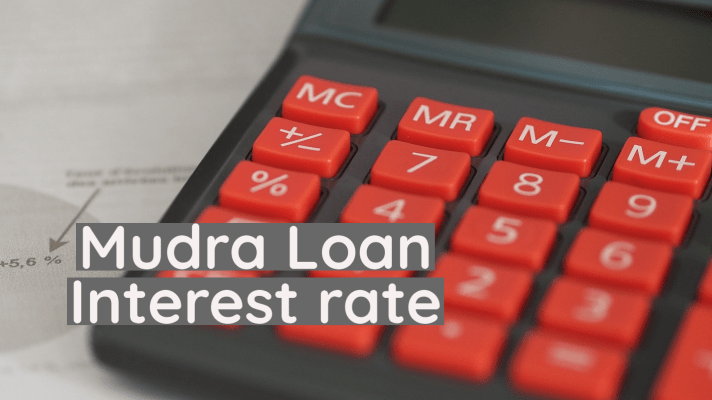To be able to select the best mutual fund, you need to track the fund performance for over 5 to 10 years. Also, you need to see the quality of the fund house that you are likely to invest in. The return of the fund along with the risk associated with it is also an important factor to take into account.
In order to evaluate the risk involved to select the best mutual fund, you need to consider various important parameters which give you a clear vision on your fund’s performance.
Following are the 5 ways which will help you to select the best mutual fund.
- Alpha
The value which is generated by the fund manager against the risk that he has taken is the Alpha. In simple terms, Alpha is the excess return of your investment relative to the benchmark return (or your expected return). An alpha of 3% indicates that the fund has outperformed the benchmark index by giving a 3% higher return. While an alpha of -3% indicates that the fund has underperformed the benchmark index giving a 3% lower return. In short, Alpha gives an overview of the value added by the fund manager against the risks taken by him.
- Beta
The measure of the volatility or the systematic risk involved with a mutual fund is called the Beta. The risk taken by a fund relative to the market gives you the Beta. Simply, the excess return of a fund over the risk-free rate that is relative to the excess return of the fund’s benchmark index over the risk-free rate. A fund with a beta higher than one implies that the fund is more volatile than the benchmark index whereas a beta of less than one indicates that the fund is less risky than the benchmark.
Beta can be greater than, less than or even equal to 1. So, a beta of 1 implies that the fund’s NAV tends to replicate the benchmark index. Funds with high beta tend to outperform the benchmark during the bullish market, but on the other hand, it will fall more than the benchmark index during the bearish market. So, in a bullish market, it is always preferable to invest in a fund with high beta which will give you higher return exceeding the benchmark against the higher risk taken. Whereas in a bearish market, a fund with low beta will protect you from the market risks and will fall less than the benchmark index.
- Standard Deviation
The measure of a fund’s total risk including the market risk, portfolio risk etc., is called Standard Deviation (SD). The volatility of the fund is measured by a fund’s SD. A fund’s SD will provide you the deviation of return from the expected return depending on the fund’s previous performance. More specifically, the consistency of a fund’s return is depicted by the SD. So, a lower SD implies that the NAV of the fund is less volatile whereas a higher SD implies that the fund is more volatile.
- Sharpe Ratio
The measure of a fund’s risk-adjusted return is called the Sharpe Ratio (SR) which was developed by renowned Nobel laureate economist William Sharpe. The amount of return generated by a fund against the risk taken is given by the fund’s SR.
The Sharpe Ratio is calculated as-
SR= (Return of the scheme-Risk free rate)/SD
where SD is the standard deviation which measures the volatility of the fund.
SR implies that how much excess return the fund has generated over the risk-free returns relative to the risk taken by the fund. A higher SR implies a better risk-adjusted return of the fund. If a mutual fund gives high return relative to high risk, then it does not ensure high SR. But if a fund generates a return higher than the risk taken, then its SR will be higher. So, for an investor its really important to know that his investment’s returns are a result of excess risk or wise investment decision. Sharpe Ratio of more than 1 for a period of time indicates a consistent performance of the fund.
- R-squared
It is a measure of a fund’s performance relative to the benchmark index. The correlation of the beta and the benchmark index of the fund is called R-squared. For a better understanding of a fund ’s volatility, the beta of the fund has to be in sync with the R-squared. The R-squared values range from 0 to 100. A fund with R-squared value of 0 implies no correlation with the benchmark index whereas, R-squared value of 100 implies perfect correlation with the benchmark. In short, a lower R-squared indicates a lower beta and vice-versa.
















